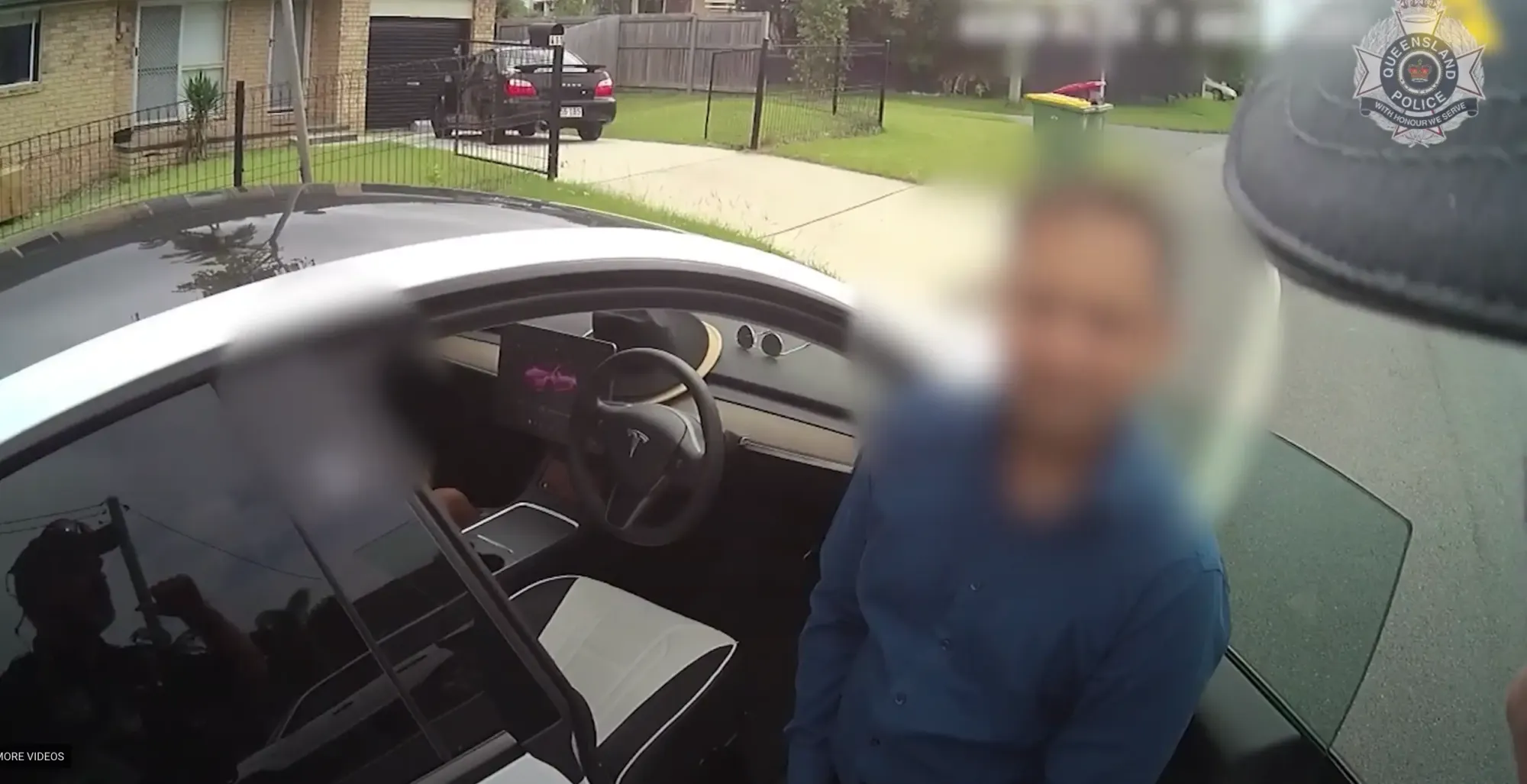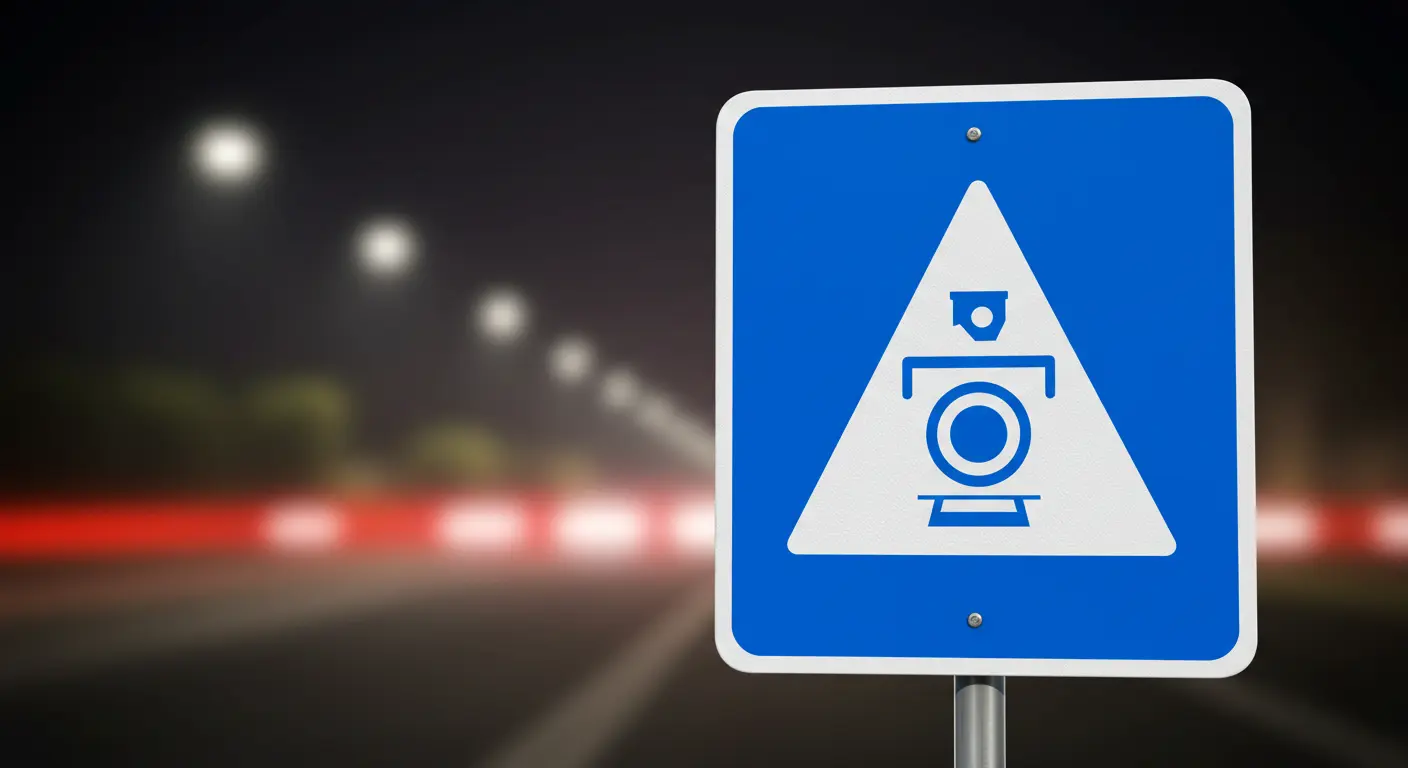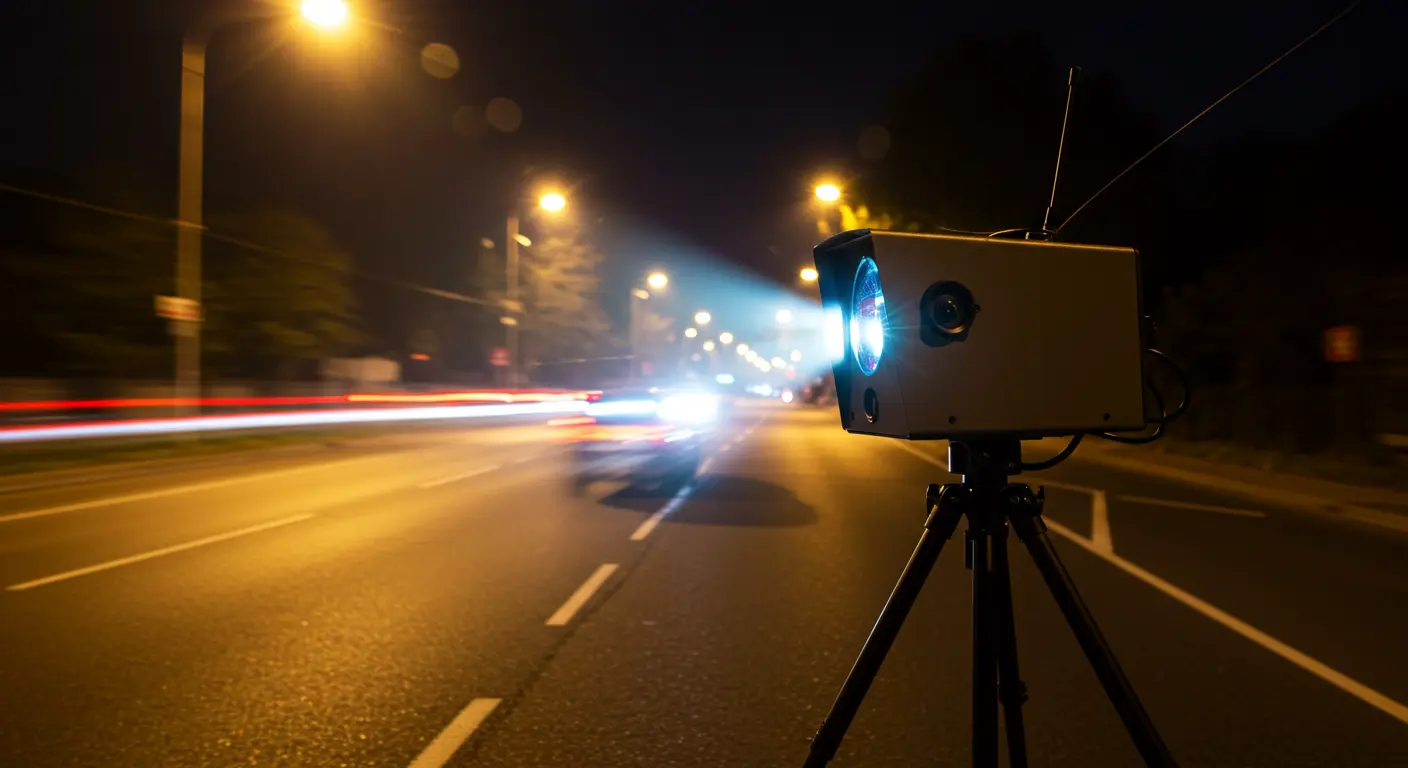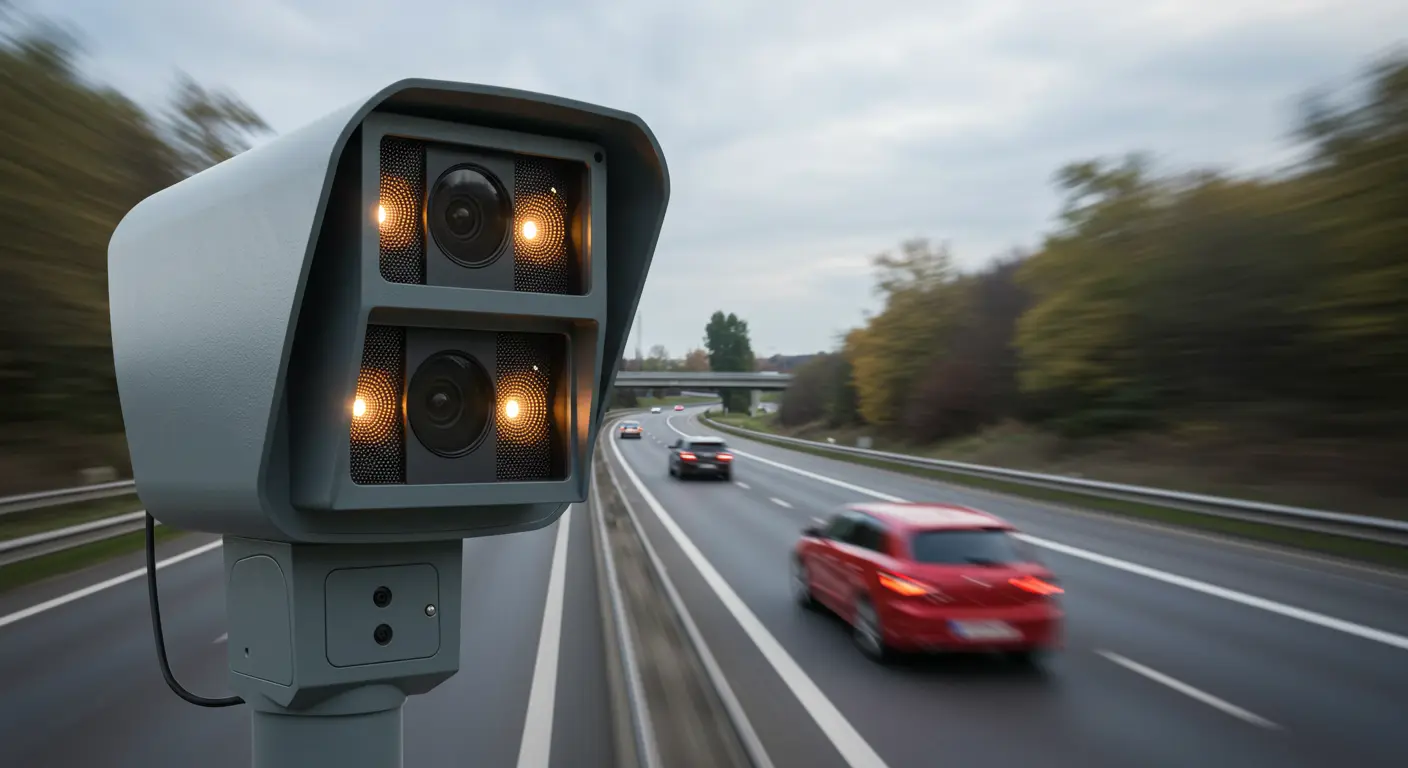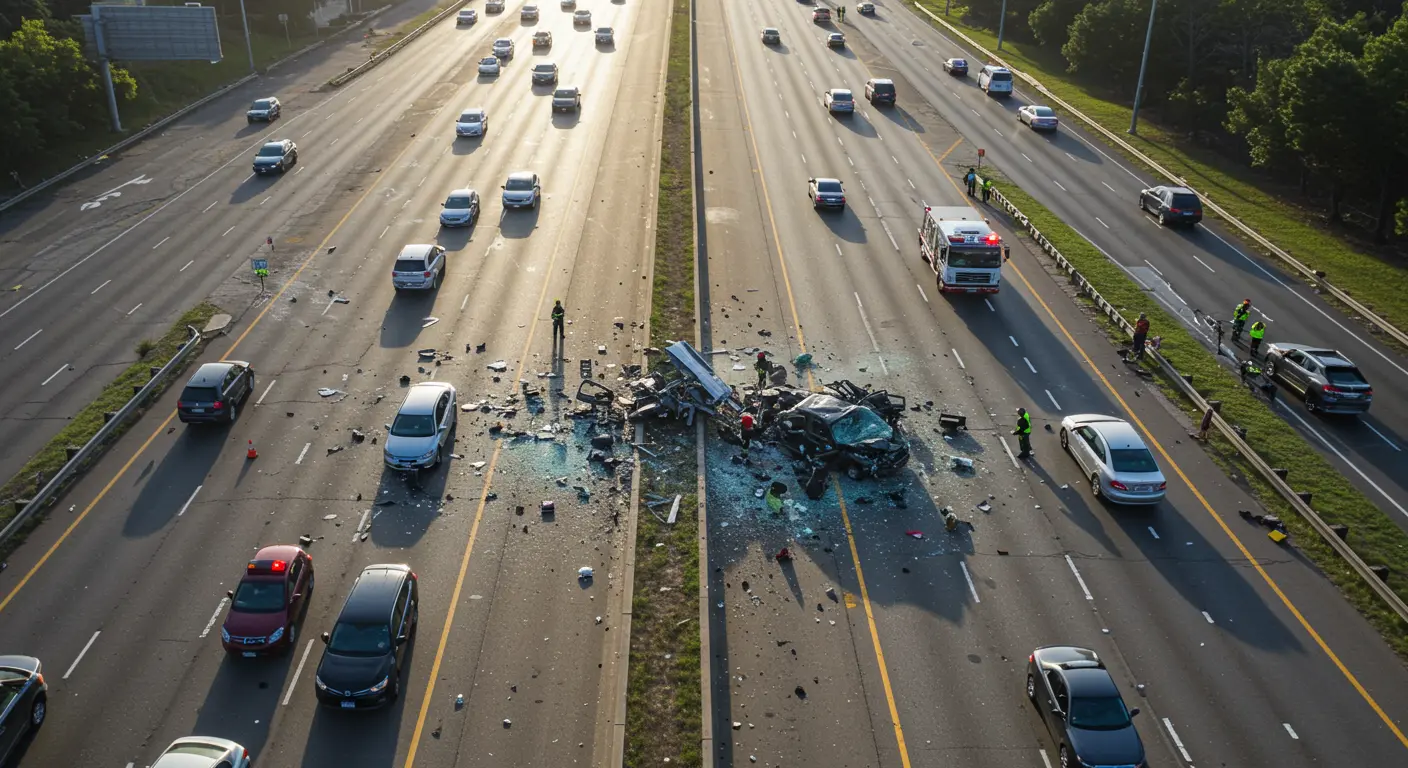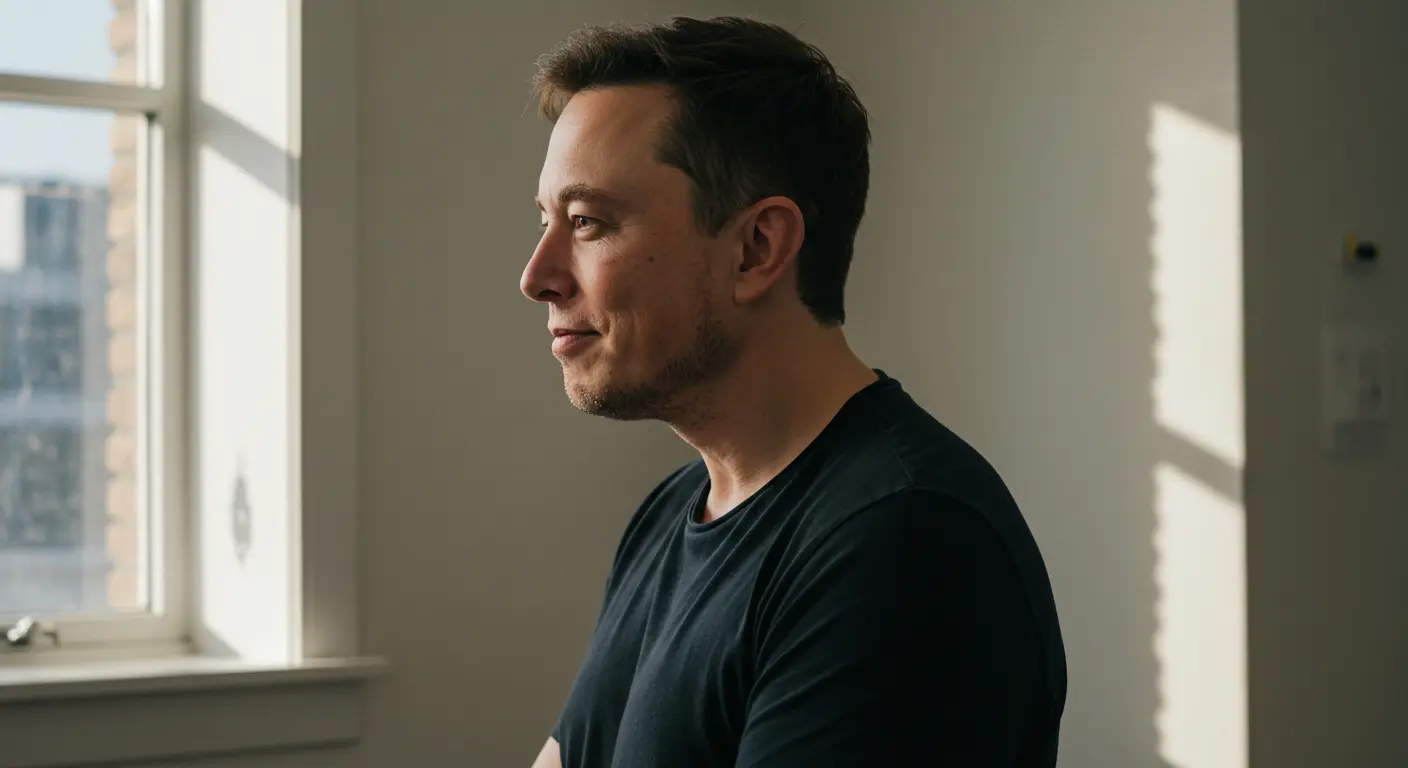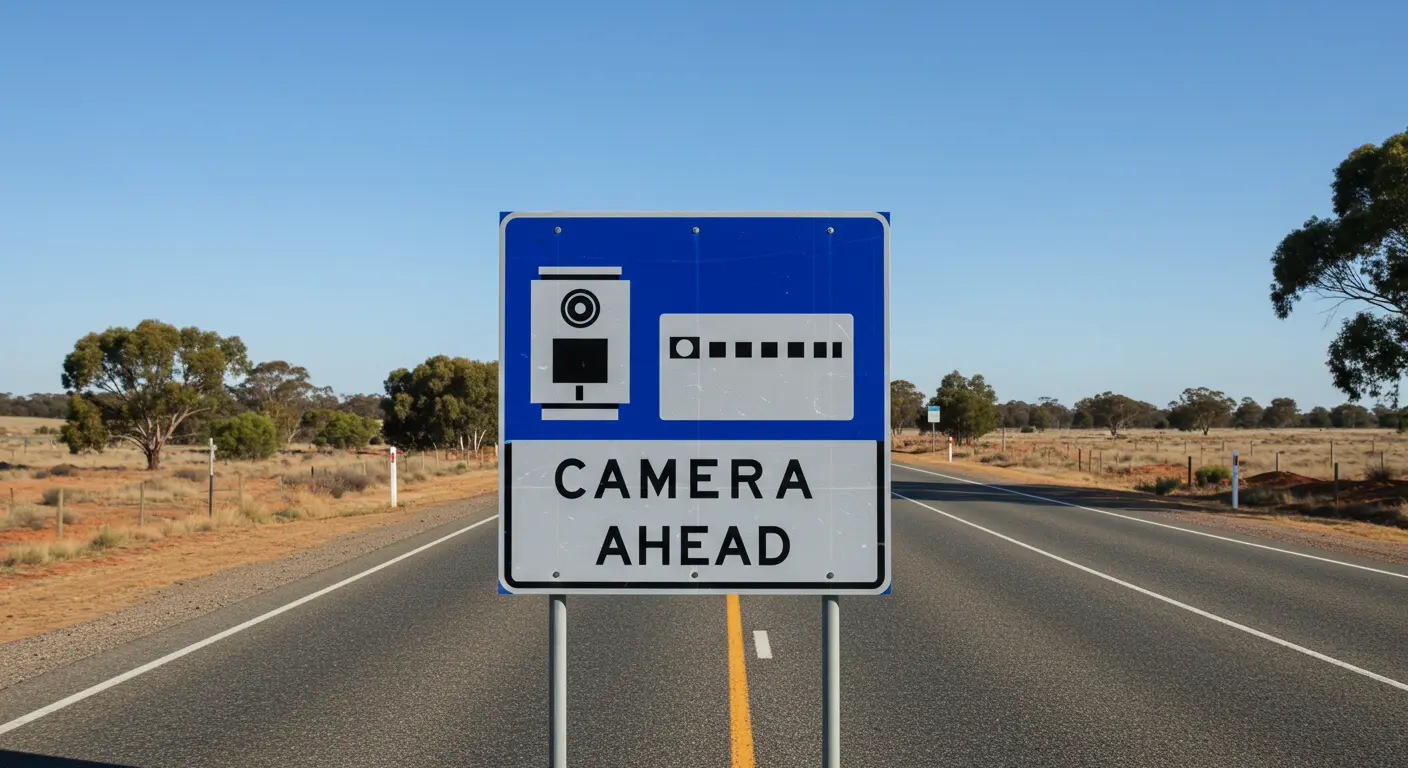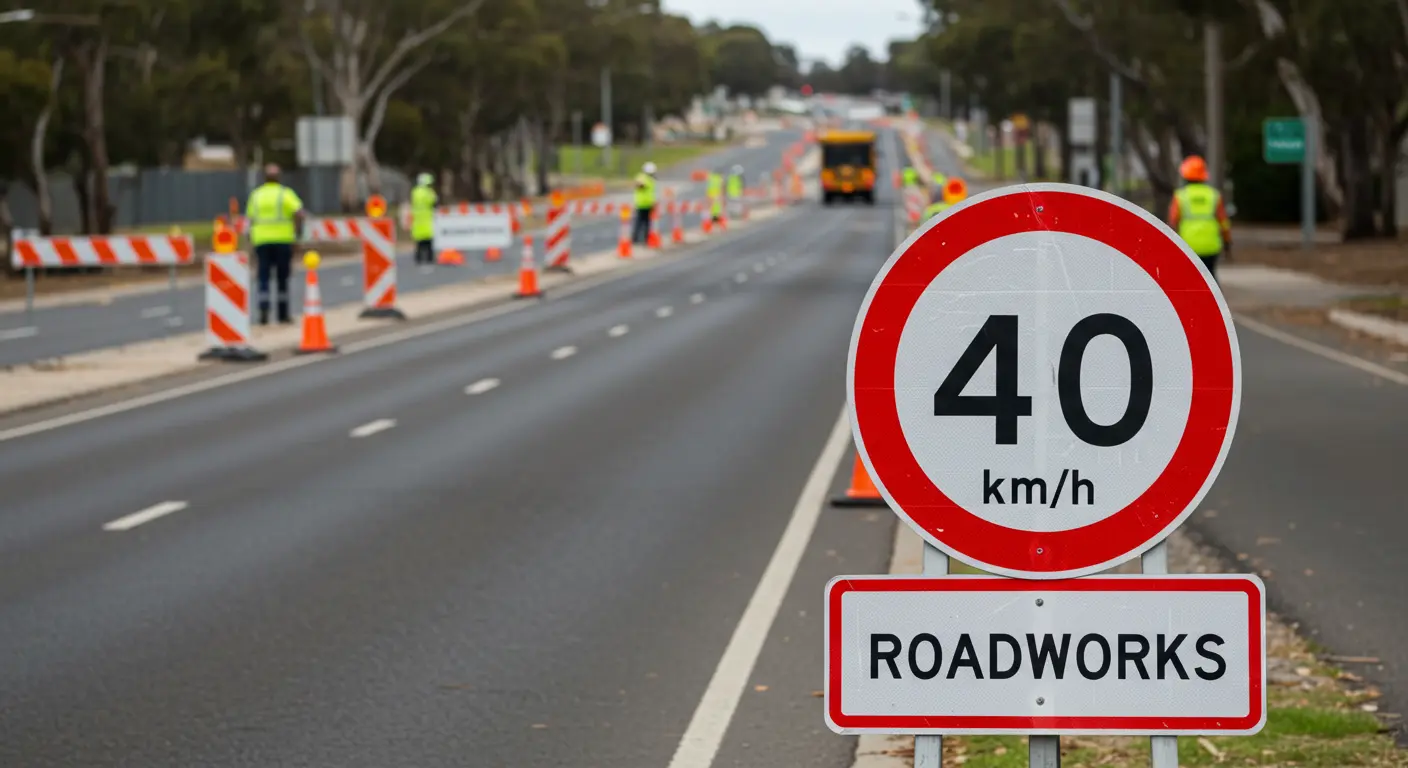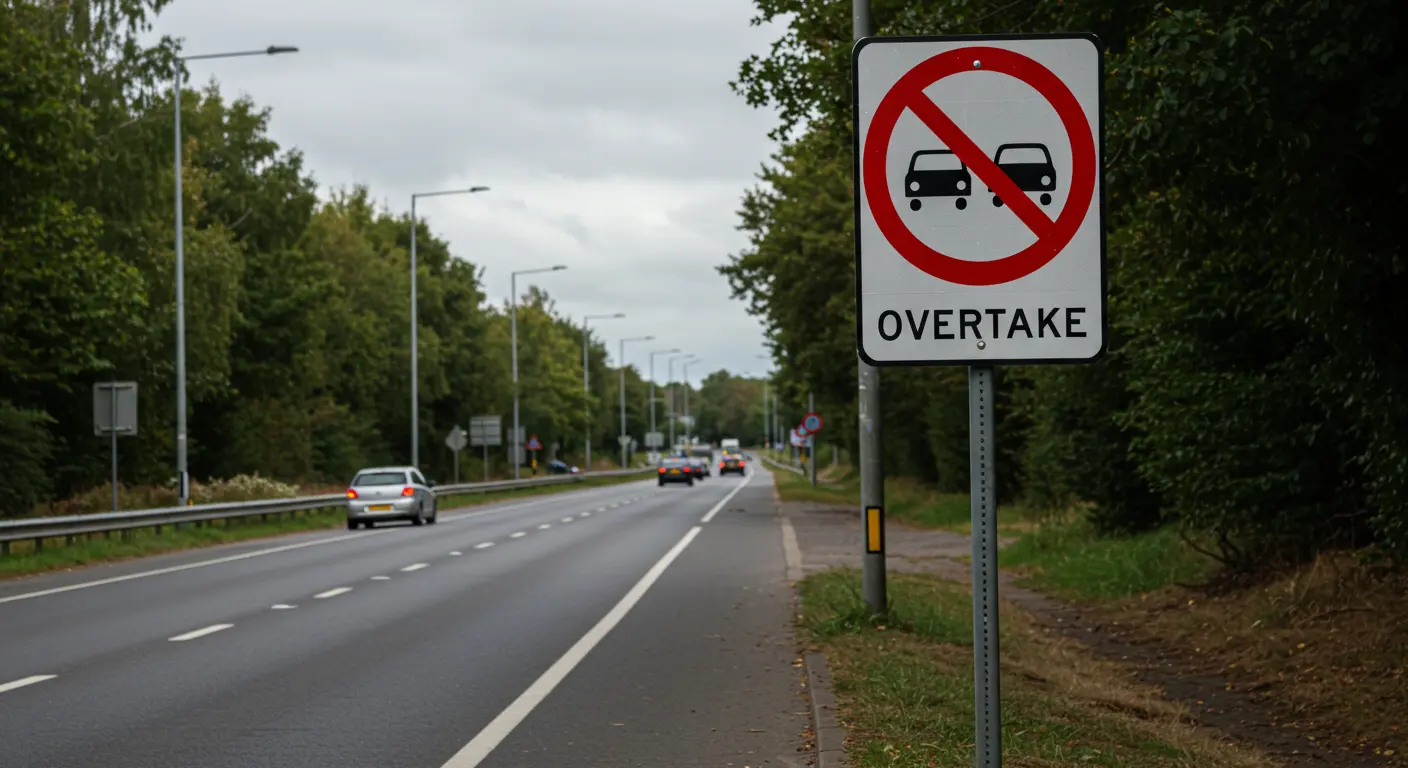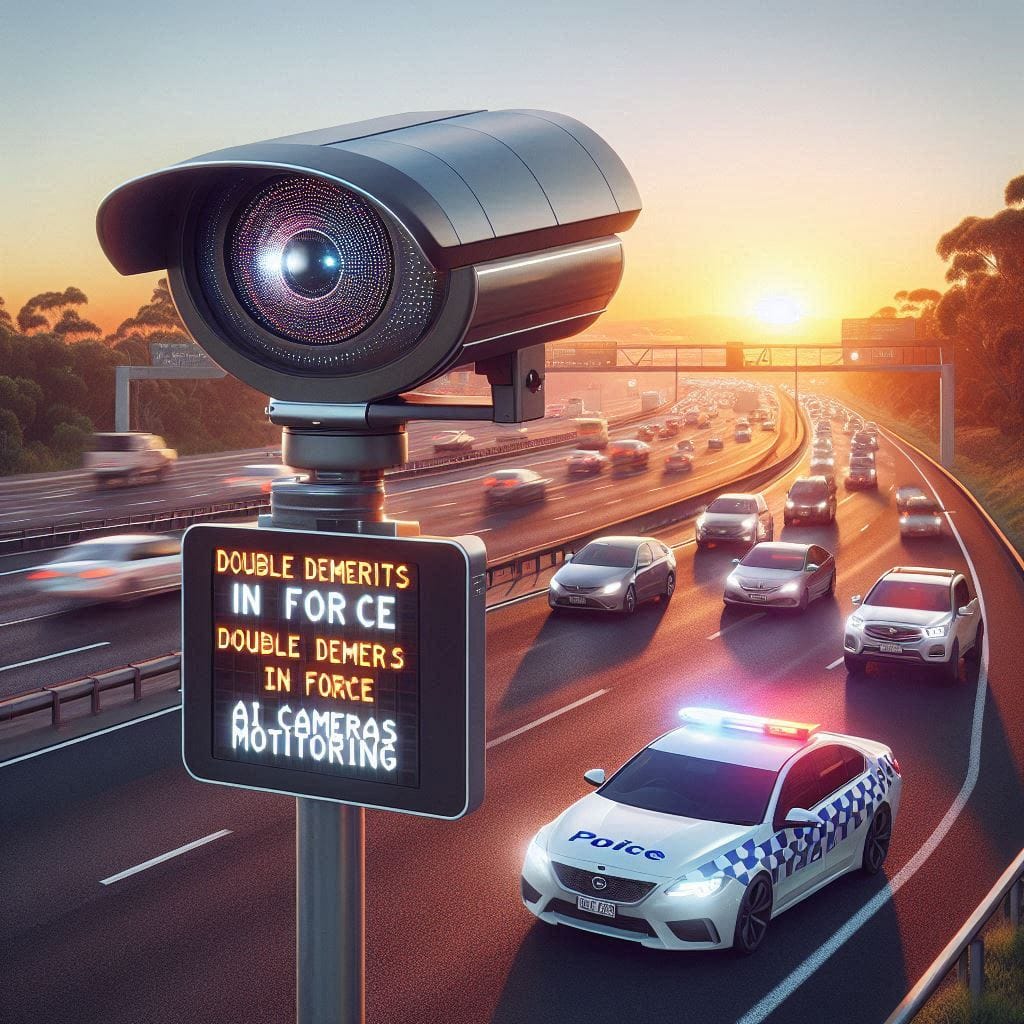High-tech noise detection systems installed in Bayside to curb hoon behaviour and protect communities
The Minns Labor Government has officially launched Australia’s first vehicle noise camera trial, setting up new high-tech monitoring systems in Sydney’s Bayside area in an effort to tackle rising complaints over hooning and antisocial driving.
The trial, which began in December 2024, delivers on the NSW Government’s election promise to combat excessive vehicle noise and improve safety and amenity for affected communities.

Cutting-Edge Technology on the Streets
The trial features the SoundVue Noise Camera System, developed by UK-based company Intelligent Instruments. These advanced devices combine a microphone array with dual cameras to detect and capture vehicles that emit disruptive noise levels. The cameras are weatherproof and designed to deliver high-quality audio and visual data, even in demanding urban conditions.
Similar technology has already been successfully implemented in major global cities like London and New York to help regulate noise and improve urban livability.
Locations Based on Community Input
Camera locations in Bayside were selected based on extensive consultation with residents, councils, and technical experts. The NSW Environment Protection Authority (EPA), working in partnership with Bayside Council, Transport for NSW, and NSW Police, is leading the trial and community engagement efforts.
Member for Rockdale Steve Kamper acknowledged the community’s frustration, stating:
“The impact of ‘hooning’ behaviour on residents in the Bayside community should not be underestimated. Local residents and businesses have had enough.”
He added that the trial reflects one of the highest levels of community engagement ever recorded on the EPA’s ‘Have Your Say’ website.
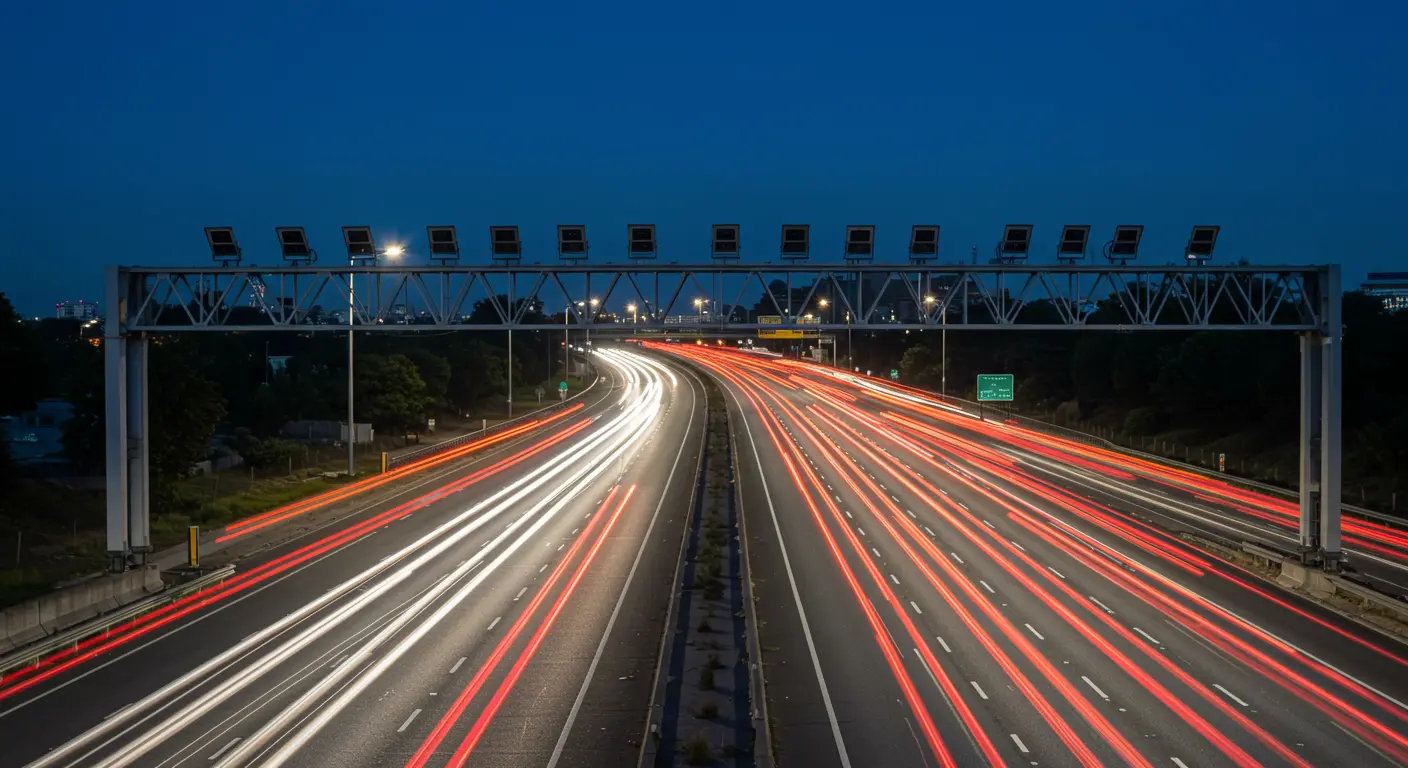
No Fines During Trial – Yet
While the noise cameras are now actively monitoring vehicles, no fines will be issued during the trial period. Instead, the data collected will be used to evaluate the effectiveness of the technology in identifying and deterring noisy vehicles. A separate technical analysis is also underway at the University of Technology Sydney’s Centre for Audio, Acoustics and Vibration.
The trial is expected to run until December 2025, after which the EPA will assess the results and determine whether noise cameras should be integrated into future enforcement strategies.
A New Tool in the Fight Against Hooning
The trial comes amid growing calls for stronger action against hoons, especially in urban areas where street racing and revving engines have become a frequent public nuisance.
“We are committed to finding solutions that make our community safer, and this trial will help us better understand the potential of noise cameras to identify and respond to anti-social behaviour and reckless driving,” said Kamper.
The NSW Government hopes that, if successful, the technology could form part of a broader effort to deter hoon drivers and ensure quieter, safer streets for residents across the state.
For more information or to follow updates on the noise camera trial, visit the NSW EPA website.
